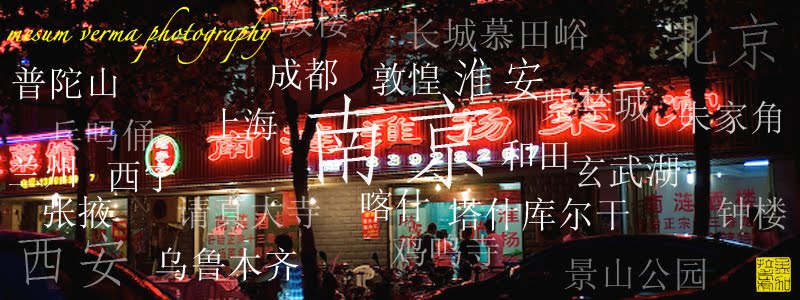


















Kunqu (昆曲; pinyin: Kūnqǔ; Wade-Giles: k'un-ch'ü), also known as Kunju, Kun opera or Kunqu Opera, is one of the oldest extant forms of Chinese opera. It evolved from the Kunshan melody, and dominated Chinese theatre from the 16th to the 18th centuries. Kunqu originated in the Wu cultural area.
History
Kunqu boasts a 600-year history and is known as the "teacher" or "mother" of a hundred operas, because of its influence on other Chinese theatre forms, including Jingju (Peking Opera). Its emergence ushered in the second Golden Era of Chinese drama, but by the early twentieth century it had nearly disappeared, which was only exacerbated by deliberate attempts to suppress it during the Cultural Revolution.
One of the major literary forms of the Ming and Qing dynasties was chuanqi drama, originating from the South. Chuanqi, an old form of dramatic opera, originates from the nanxi in late 14th century before the kunqu opera arises. However, in late 16 century, kunqu opera starts to dominate large part of Chinese drama. [1] Plays that continue to be famous today, including The Peony Pavilion and The Peach Blossom Fan, were originally written for the Kunqu stage. In addition, many classical Chinese novels and stories, such as Romance of the Three Kingdoms, Water Margin and Journey to the West were adapted very early into dramatic pieces.
Today, Kunqu is performed professionally in seven Mainland Chinese cities: Beijing (Northern Kunqu Theatre), Shanghai (Shanghai Kunqu Theatre), Suzhou (Suzhou Kunqu Theatre), Nanjing (Jiangsu Province Kunqu Theatre), Chenzhou (Hunan Kunqu Theatre), Yongjia County/Wenzhou (Yongjia Kunqu Theatre) and Hangzhou (Zhejiang Province Kunqu Theatre), as well as in Taipei. Non-professional opera societies are active in many other cities in China and abroad, and opera companies occasionally tour.
Kunqu was listed as one of the Masterpieces of the Oral and Intangible Heritage of Humanity by UNESCO in 2001. Its melody or tune is one of the Four Great Characteristic Melodies in Chinese opera.

3 comments:
very interesting! thanks Sarah
theeessee aaarree reeeaallyyyyy niiiccee ppiiiicctuuurreeess... :-)
Genial dispatch and this enter helped me alot in my college assignement. Gratefulness you on your information.
Post a Comment